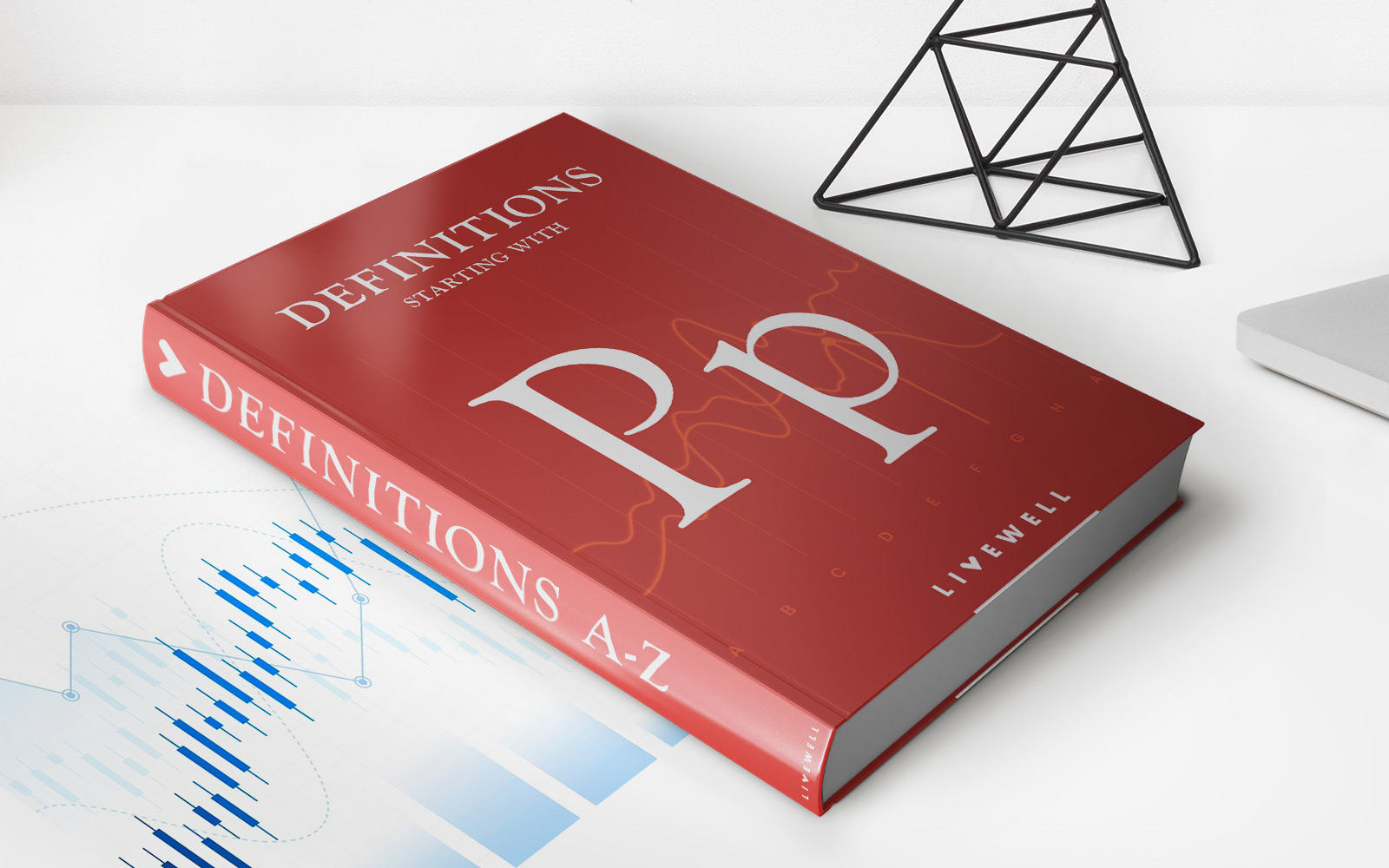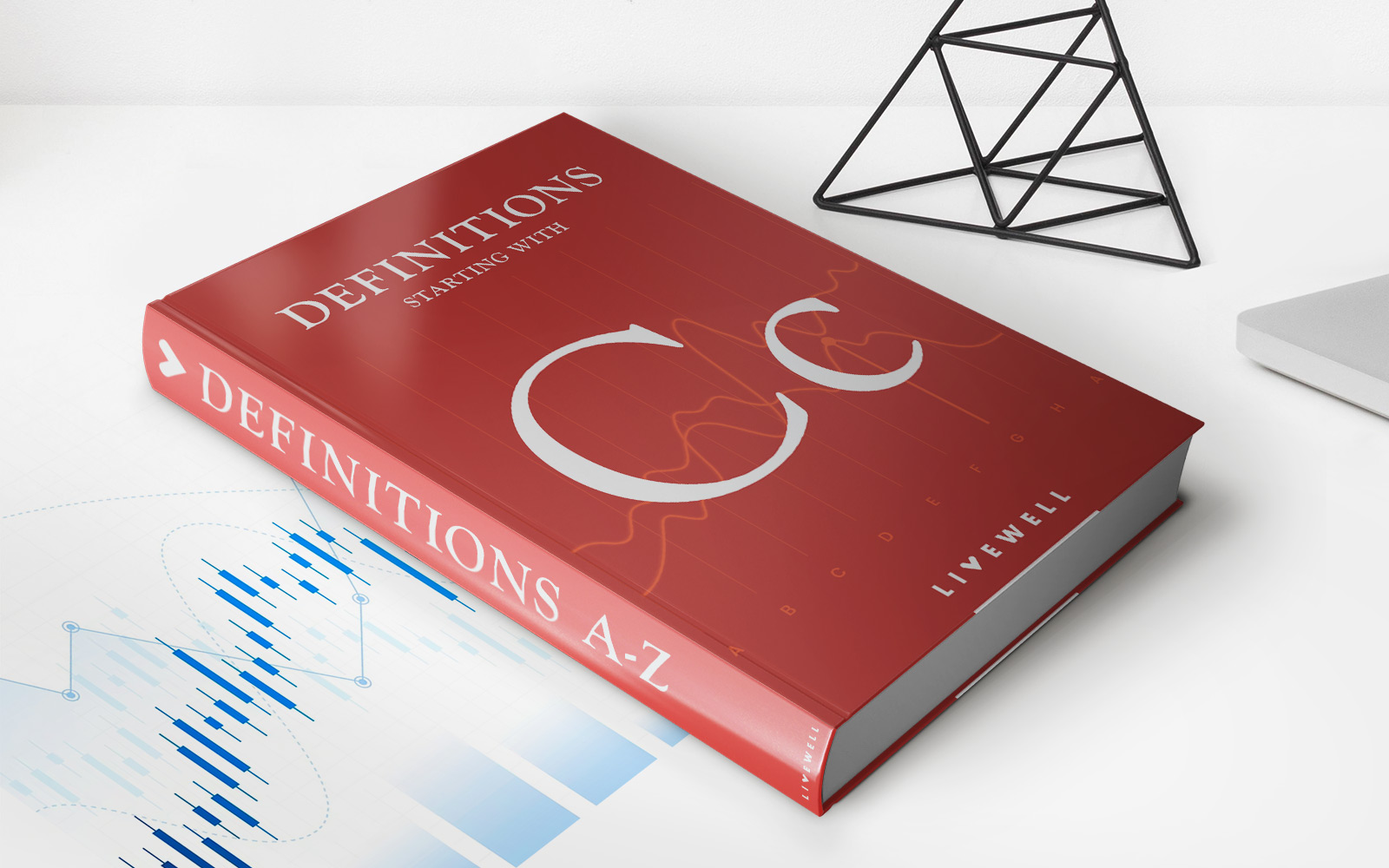Home>Finance>Zachary’s Student Loans Are An Example Of What Type Of Loan?


Finance
Zachary’s Student Loans Are An Example Of What Type Of Loan?
Published: January 20, 2024
Discover the type of loan that Zachary's student loans fall under and learn more about finance.
(Many of the links in this article redirect to a specific reviewed product. Your purchase of these products through affiliate links helps to generate commission for LiveWell, at no extra cost. Learn more)
Table of Contents
Introduction
Welcome to the world of student loans, where many individuals like Zachary find themselves seeking financial assistance to pursue their educational dreams. Student loans have become a common and sometimes necessary means for students to fund their education, as the cost of tuition continues to rise.
In Zachary’s case, he is faced with the reality of financing his education through student loans. But what type of loan is he specifically dealing with? Understanding the various types of loans available is crucial for students like Zachary as they navigate the complex world of financial aid.
In this article, we will delve into Zachary’s student loans and provide insights into the different types of loans he may have obtained. Additionally, we will discuss the characteristics of these loans and shed light on the implications they have for borrowers.
Whether you’re a student like Zachary, a parent, or simply interested in better understanding the world of student loans, this article aims to provide valuable information to help you make informed decisions about your own financial journey.
Zachary’s Student Loans
Zachary’s student loans are an example of federal loans, specifically subsidized Stafford loans. These loans are available to undergraduate students who demonstrate financial need. The government pays the interest on subsidized loans while the borrower is in school, as well as during deferment periods.
Subsidized Stafford loans have several advantages. First, they offer lower interest rates compared to other types of loans, making them a more affordable option for borrowers. Second, the interest subsidies provided by the government during the borrowing period help reduce the overall cost of the loan. This can be particularly beneficial for students who may not have the financial means to pay the interest while in school.
Zachary’s subsidized Stafford loans are disbursed through his college’s financial aid office. The loan amount is determined based on several factors, including his financial need, the cost of attendance at his educational institution, and the other financial aid he receives. It is important to note that there are annual and aggregate borrowing limits for subsidized Stafford loans, ensuring that students do not accumulate excessive debt.
Once Zachary graduates, he will enter a six-month grace period before he is required to start making loan payments. During this time, he will have the opportunity to find a job and establish his post-graduation financial stability. After the grace period ends, Zachary will have various options for repaying his student loans, including income-driven repayment plans, which adjust the monthly payments based on his income level.
It’s essential for Zachary to stay informed about his loan repayment options and obligations. He must maintain contact with his loan servicer, the entity responsible for collecting payments on behalf of the government. Should Zachary encounter financial difficulties or changes in his circumstances, he should reach out to his loan servicer to explore potential solutions or ask for guidance.
Overall, federal student loans like Zachary’s subsidized Stafford loans provide valuable financial assistance to help students pursue their educational goals. However, it’s crucial for borrowers to understand the terms and conditions of their loans and make informed decisions throughout the borrowing and repayment process.
Understanding Types of Loans
When it comes to student loans, it’s essential to understand the various types available. Each type of loan has its own characteristics, benefits, and considerations. Let’s explore some of the most common types of student loans:
- Federal Loans: These loans are funded by the federal government and typically offer more favorable terms and benefits compared to private loans. Federal loans include subsidized and unsubsidized Stafford loans, Perkins loans, and PLUS loans. These loans often have fixed interest rates and flexible repayment options.
- Private Loans: Private loans are provided by banks, credit unions, and other financial institutions. They are not backed by the government and often have higher interest rates compared to federal loans. Private loans may be an option for students who have exhausted federal loan options or need additional funding.
- Parent Loans: Parent loans, also known as Parent PLUS loans, are federal loans available to parents of dependent undergraduate students. These loans allow parents to borrow funds to help cover their child’s educational expenses. Parent loans have fixed interest rates and flexible repayment options.
- Consolidation Loans: Consolidation loans allow borrowers to combine multiple student loans into one new loan with a single monthly payment. This can simplify repayment and potentially lower the interest rate. Federal consolidation loans are available, as well as private consolidation options.
- Refinancing: Refinancing involves taking out a new loan to replace an existing loan, often with better terms and interest rates. This is typically done through private lenders and may require a good credit score. Refinancing can help borrowers save money in interest payments over the life of the loan.
Each type of loan has its own eligibility criteria, interest rates, repayment terms, and benefits. It’s important to carefully consider the options available and assess how they align with your financial situation and goals. Additionally, understanding the implications of borrowing, including the potential for accruing interest and the responsibilities of repayment, is crucial in making informed decisions about student loans.
Due diligence and thorough research can help borrowers navigate the loan landscape effectively and choose the most suitable option for their individual circumstances. Consulting with financial aid advisors and exploring online resources can provide valuable insights into the types of loans available and their respective pros and cons.
Characteristics of Zachary’s Student Loans
Zachary’s student loans have specific characteristics that make them unique compared to other types of loans. Let’s explore some of the key features of his subsidized Stafford loans:
- Subsidized Interest: One of the most significant advantages of Zachary’s loans is that they are subsidized, meaning the government pays the interest that accrues on the loan while he is enrolled in school. This helps reduce the overall cost of the loan, as interest does not accumulate during this period.
- Lower Interest Rates: Subsidized Stafford loans typically have lower interest rates compared to private loans. This makes them a more affordable choice for borrowers like Zachary, as he won’t have to pay as much in interest over the life of the loan.
- Financial Need Requirement: To be eligible for subsidized Stafford loans, students must demonstrate financial need. This is determined through the Free Application for Federal Student Aid (FAFSA), which considers factors such as income, family size, and other financial resources. This requirement ensures that the loans are targeted towards students who require assistance in funding their education.
- Borrowing Limits: There are specific limits on how much a student can borrow in subsidized Stafford loans. These limits vary depending on the student’s year in school and their dependency status. By setting borrowing limits, the government aims to prevent students from taking on excessive debt.
- Grace Period: After Zachary graduates or drops below half-time enrollment, he will enter a six-month grace period before he is required to start making loan payments. This period gives him time to find a job and establish financial stability before beginning to repay his loans.
- Flexible Repayment Options: Once Zachary enters loan repayment, he will have several options for repaying his subsidized Stafford loans. Income-driven repayment plans, for example, adjust monthly payments based on his income level, making it easier for borrowers to manage their loan obligations.
It’s important for Zachary to understand these characteristics and how they impact his student loans. By grasping the intricacies of his loans, he can make informed decisions regarding his repayment strategy and explore available assistance programs or loan forgiveness options.
Zachary should also be aware of the responsibilities that come with borrowing and repaying student loans. This includes staying in contact with his loan servicer, ensuring timely loan payments, and keeping track of his loan balance and repayment status. Being proactive and informed will help Zachary manage his loans effectively and pave the way for a successful financial future.
Conclusion
Student loans, like the ones Zachary has obtained, play a significant role in financing higher education for many individuals. Understanding the types of loans available, such as Zachary’s subsidized Stafford loans, is crucial for making informed decisions about borrowing and repayment.
Zachary’s subsidized Stafford loans come with several benefits, including subsidized interest and lower interest rates compared to private loans. These features help make his loans more affordable and manageable. Additionally, the financial need requirement ensures that the loans are targeted towards students who require assistance in funding their education.
It’s important for borrowers like Zachary to carefully consider their loan options, assess their borrowing needs, and be aware of the implications of taking on student loan debt. Exploring various resources, consulting with financial aid advisors, and staying informed about loan repayment options will guide borrowers towards a successful financial journey.
Furthermore, staying in contact with loan servicers and understanding the responsibilities of loan repayment are fundamental in managing student loans. Taking advantage of available assistance programs, loan forgiveness options, and flexible repayment plans can help borrowers like Zachary navigate their loan repayment journey and achieve financial stability.
Remember, student loans are a significant financial commitment, and borrowers should approach them with careful consideration and a clear understanding of the terms and conditions. By making informed decisions and staying proactive, individuals can effectively manage their student loans and pave the way for a bright and successful future.














